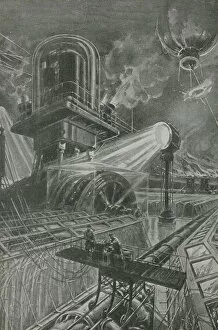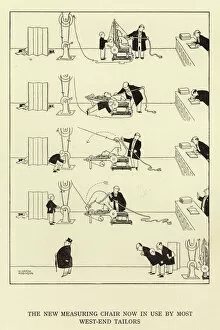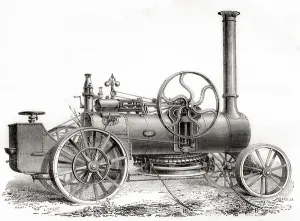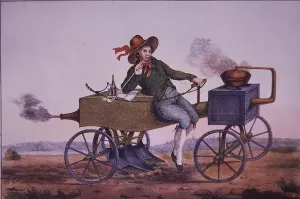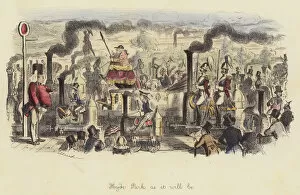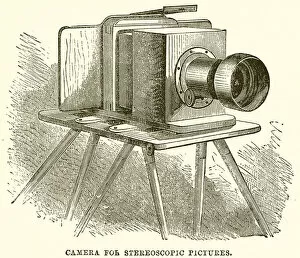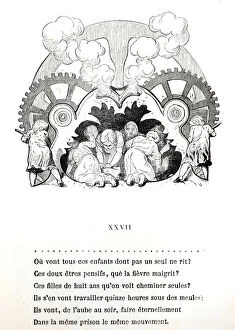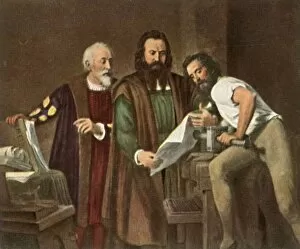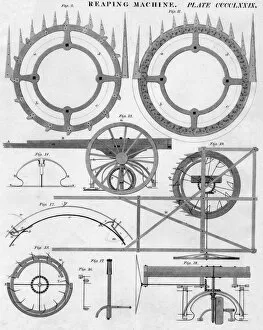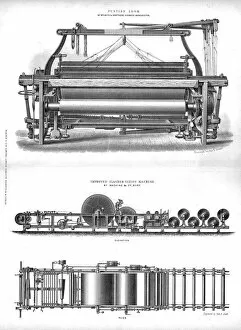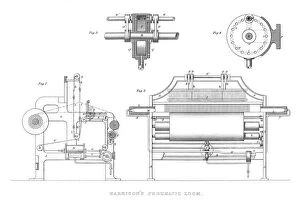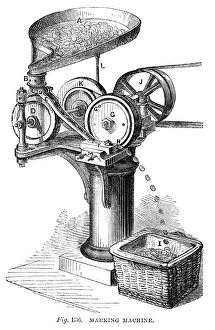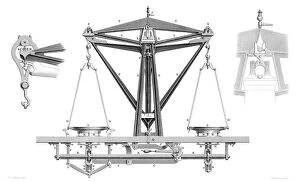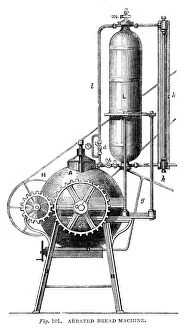Mechanisation Collection (page 7)
Mechanisation: Revolutionizing Industries and Transforming Lives From the Lancashire weaver in the 1890s to George Cleaver's ambitious land development in Oregon
All Professionally Made to Order for Quick Shipping
Mechanisation: Revolutionizing Industries and Transforming Lives From the Lancashire weaver in the 1890s to George Cleaver's ambitious land development in Oregon, it has played a pivotal role in shaping our world. It represents progress, innovation, and the relentless pursuit of efficiency. In Suffolk, as barley fields stretched endlessly under the summer sun, the advent of combine harvesters revolutionized agriculture. No longer did farmers rely solely on manual labor; instead, these powerful machines brought speed and precision to their work. The sight of golden grains being effortlessly gathered was a testament to human ingenuity. Meanwhile, across continents in Malheur County, Oregon, Dorothea Lange captured George Cleaver's determination as he sought to tame 177 acres of raw land. With mechanised tools at his disposal, Cleaver embodied the spirit of progress that defined an era marked by industrialization. In collieries deep beneath the earth's surface or within power-loom factories humming with activity – like that depicted in an anonymous 1844 photograph – mechanisation transformed industries forever. Workers adapted to new technologies that increased productivity but also raised concerns about job security and working conditions. Even amidst political turmoil and propaganda such as Himmel The All-Highest proclaiming "the worst is behind us" during Germany's history-altering moments - mechanisation continued its march forward. It became a symbol of hope for a brighter future despite uncertain times. The Winter Palace workroom in St Petersburg showcased how even royal establishments embraced mechanisation by incorporating machinery into their daily operations. This fusion between tradition and modernity exemplified society's growing reliance on technology for progress. Not limited to industry alone, agricultural practices were also impacted by this unstoppable force. An advertisement from 1897 highlighted how farming magazines promoted modern techniques through articles like "Agriculture Moderne. " Farmers eagerly adopted new methods with hopes of higher yields and improved livelihoods. Mechanisation even found its way into the realm of art and literature.



